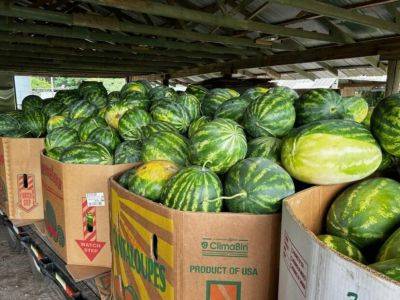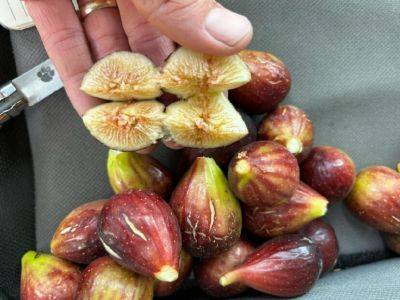Zack Snipes
SC Fruit and Vegetable Field Report – June 20, 2022
24.07.2023 - 11:58 / hgic.clemson.edu
Rob Last reports, “Pest and diseases are beginning to increase in the area. Powdery mildew is apparent in cucurbit crops. Downy mildew is around in cucumber and cantaloupe crops, and given the recent rainfall, the conditions are improving for developing the disease in watermelons. Finally, on cucurbits, don’t forget the watermelon field day on July 14, starting at 8 am at Edisto REC in Blackville. Tomatoes and peppers look great, although bacterial spot is present at a low level. Fruit development looks good, but we are seeing some issues with sun scalding to peppers. Tomato fruit worms are also becoming very active in the area. If you are thinking about growing strawberries, I know the season has just ended; however, now is the time to order plants for next year to ensure you get the cultivars you like.”
Justin Ballew reports, “We finally got some rain last week, though it wasn’t evenly distributed. Some areas south of Lake Murray got over 3.5 inches, while areas north of the lake got as little as half an inch. A storm that came through Thursday evening brought hail that punched holes in the leaves of some crops, but overall, the damage was minor. The earliest plantings of sweet corn were picked last week. The pecan crop looks good at the moment. Pecan scab is present but at low levels due to how dry it’s been. In some areas this past week, caterpillar activity increased significantly in brassica fields, so be sure to monitor that carefully. I’m seeing a fair amount of blossom end rot on tomatoes and peppers, so be sure you have your irrigation adjusted properly as it heats up again this week. Expect diseases to increase after the moisture we got recently.”
Phillip Carnley reports, “Much like elsewhere, Orangeburg and
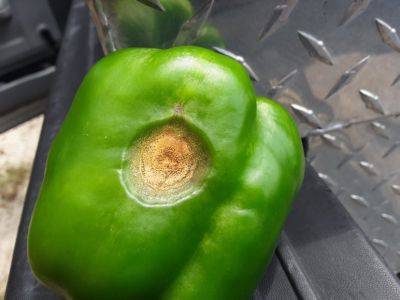
SC Fruit and Vegetable Field Report June 21, 2021
Rob Last reports, “Given the rainfall and humidity levels, we are seeing increases in foliar and fruit diseases on a range of crops. This includes cottony leak in cucumbers, anthracnose in peppers, tomatoes, and cucurbits. Also, please be aware cucurbit downy mildew is very active now. As a result, it is going to be really important to maintain fungicide programs in both a timely manner and to be robust. That being said, we have some great quality melons, both cantaloupe and watermelons, coming to harvest, as well as good volumes of quality peaches, blackberries, and a host of other vegetable crops.”
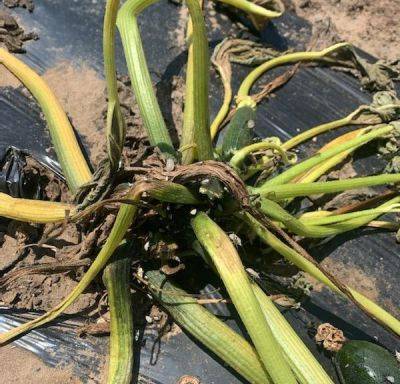
SC Fruit and Vegetable Field Report – June 14, 2021
Zack Snipes reports, “We received some welcomed rain, but 5+ inches in a day or so was a bit much. Conditions this week will dry things out. I cannot stress enough how important it is to get out fungicides once you can get in the fields. I saw a few squash fields going downhill last week. Upon closer examination, I found thousands of squash bugs. They tend to congregate on the crown of the plant and will hide under the plastic when you look for them.
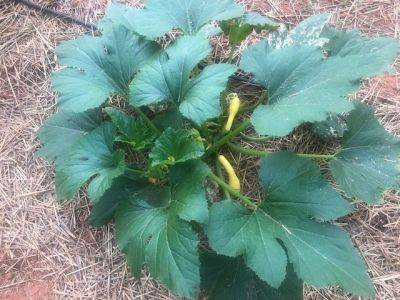
SC Fruit and Vegetable Field Report June 7, 2021
Rob Last reports, “After some welcome rain in the area over the weekend, crops are looking good. However, given the humidity and rainfall, we are likely to find disease pressure increasing. Strawberries are all over. The wet, humid conditions have spiked infections of botrytis and water-soaked berries. Blueberries, blackberries, and peaches are all coming to market with good quality and volumes, with few insect or disease pressures being seen currently. Watermelons and cantaloupes are developing well, with some early planted crops coming to harvest. In response to rainfall and increased humidity, keep an eye out for diseases such as bacterial spot in pepper and tomatoes. In addition, some cantaloupe crops are beginning to show Alternaria leaf spot. Make sure fungicide timings are good using a robust program.”

SC Fruit and Vegetable Field Report January 18, 2022
Rob Last reports, “In our area, crops are developing well with few pest or disease issues currently. Some brassicas are displaying a reddening to the older leaves associated with reduced phosphorous uptake. Phosphorous uptake can be reduced in cold temperatures but will recover when we see some warmer temperatures. There is no response to an additional application. Where strawberries are flowering or have fruit, it is advisable to remove those to minimize sources of Botrytis gray mold for later in the year.”
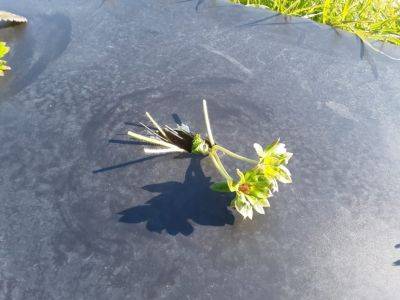
SC Fruit and Vegetable Field Report – January 31, 2022
Rob Last reports, “Pest and disease issues in the area remain very low; however, as temperatures rise, we expect activity to increase. Although it is quiet, it is still essential to continue to scout. Assessment of crops indicates that we have escaped the worst of any chill injury or loss of plants. Pruning of fruit crops continues while dormancy holds and labor begins to return to the area.”
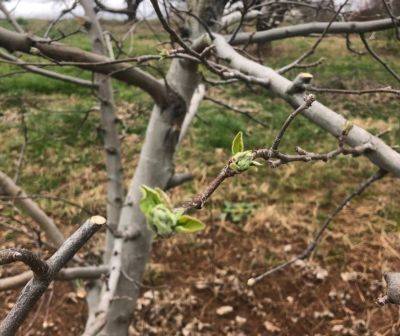
SC Fruit and Vegetable Field Report- March 14, 2022
Dr. Matt Cutulle reports, “I saw my first nutsedge plants this year pop up in the plastic mulch of a fellow researcher’s trial last week in Charleston. Soil temperatures in plastic mulch systems are going to be higher, which may lead to earlier sprouting of yellow nutsedge tubers. New tubers begin forming four to six weeks after a new shoot emerges. Individual nutsedge plants may eventually form patches 10 feet or more in diameter, thus it is important to practice field sanitation once an infestation is recognized.”
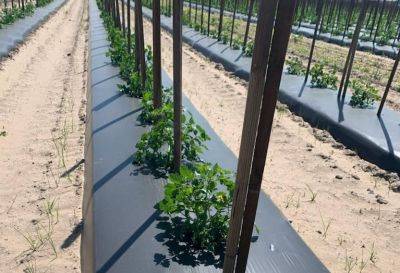
SC Fruit and Vegetable Field Report – April 18, 2022
Zack Snipes reports, “It has been a very windy spring. The winds are drying out our soils and beating up plants. I have looked at some tomatoes, and the ones that aren’t tied are wind-whipped, and the ones that are tied have callus tissue forming where the string is touching them. We have some beautiful lettuce and greens coming in right now, along with spring onions. I have also seen some squash coming in on farms that grew squash in high tunnels. Strawberry plants are still small and have very few blooms for this time of year. We are harvesting highbush blueberries in high volumes right now. I think we escaped more cold damage than previously expected.”
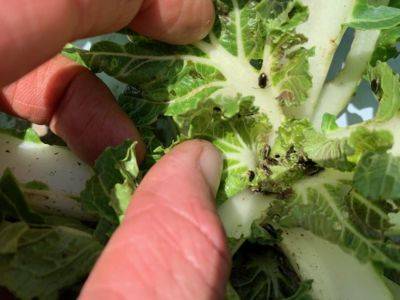
SC Fruit and Vegetable Field Report – May 31, 2022
Zack Snipes reports, “It seems like everything is coming in from the fields right now. We got some rain but could really use some more. I am seeing lots of aphids on a variety of crops (melons, cukes, eggplant). I am also seeing ladybird beetles and parasitized aphids in these fields, which means our predators are out there working for us. Bacterial wilt and Southern blight are starting to appear on tomatoes as well. Knowing the difference and preparing for next season’s crop is critical. It is getting hot and is still windy, so growers might consider adding one or more irrigation cycles to their fields. Remember that in our sandy soils, any irrigation event over an hour is just wasting water. More frequent 30-45 minute cycles are more efficient.”
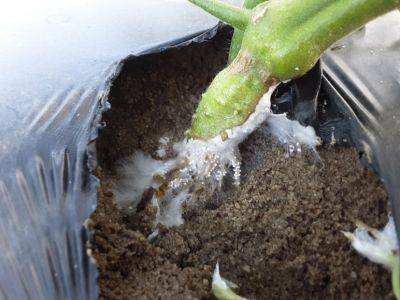
SC Fruit and Vegetable Field Report – June 6, 2022
Rob Last reports, “Insect and disease activity is increasing in the area, across a broad range of crops. In cucurbits, we are seeing powdery mildew and gummy stem blight in watermelon. Remember to keep spray intervals tight. Loopers are also being found in the area, and applications to manage rind worms will be beneficial as we rapidly approach harvest. Fusarium wilt of watermelons is showing up in many fields. At this stage, there is no effective treatment; however, soil temperatures are likely to reduce the incidence of new infections. Tomatoes and peppers are developing well with Southern blight and bacterial wilt in evidence. Spider mites are very active right now. Blackberries are just coming to harvest with good flavor and quality. Remember to scout your crops regularly to ensure timely applications can be made.”
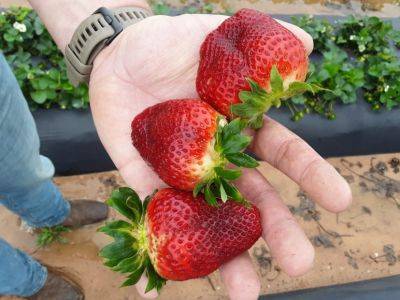
SC Fruit and Vegetable Field Report March 28, 2022
Rob Last reports, “The first of this season’s strawberries are coming to market with good quality. Growers still need to be very mindful of spider mites. Populations are around in the area but are variable. As we get into harvest season, gray mold management will be critical, so sanitation and appropriate fungicide applications will be needed. Otherwise, preparations for watermelon planting and some early cantaloupes have been sown. Damage assessments on later variety peaches will continue.”
